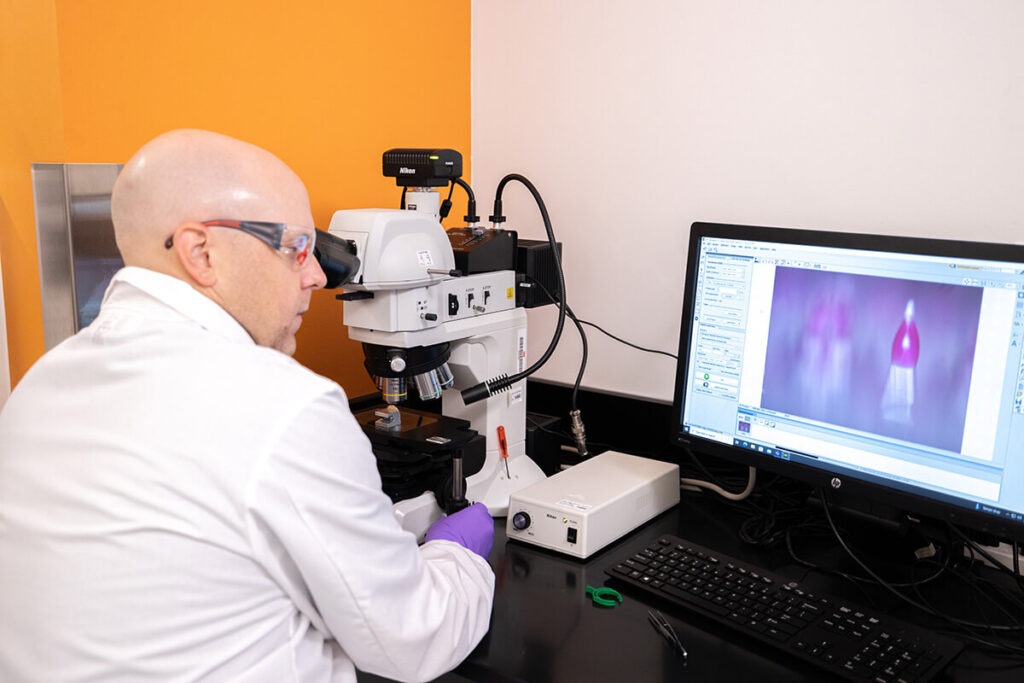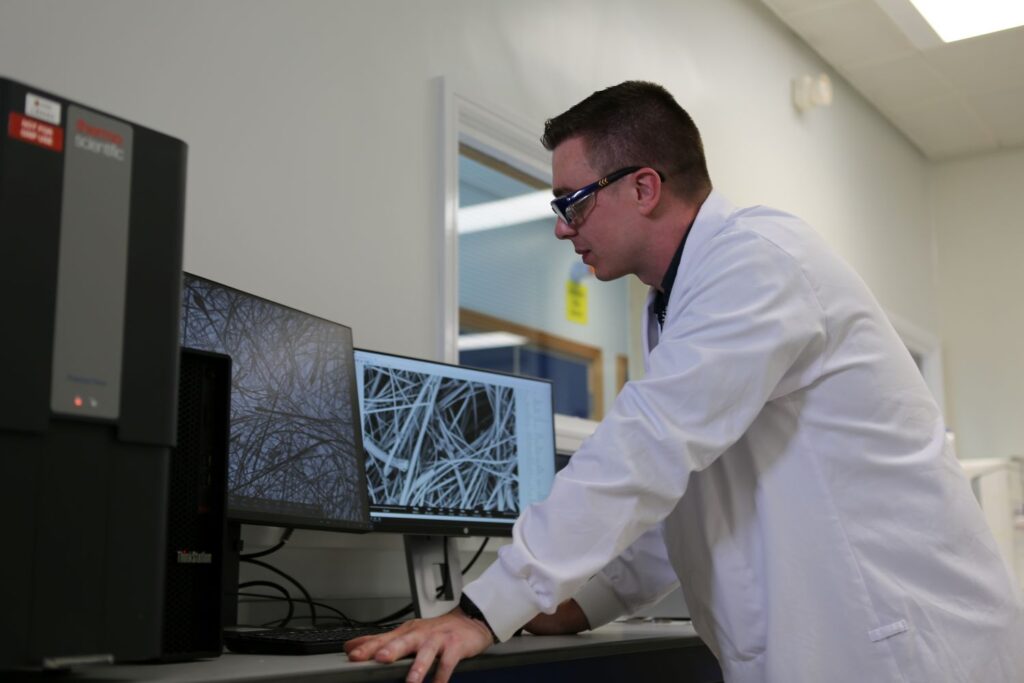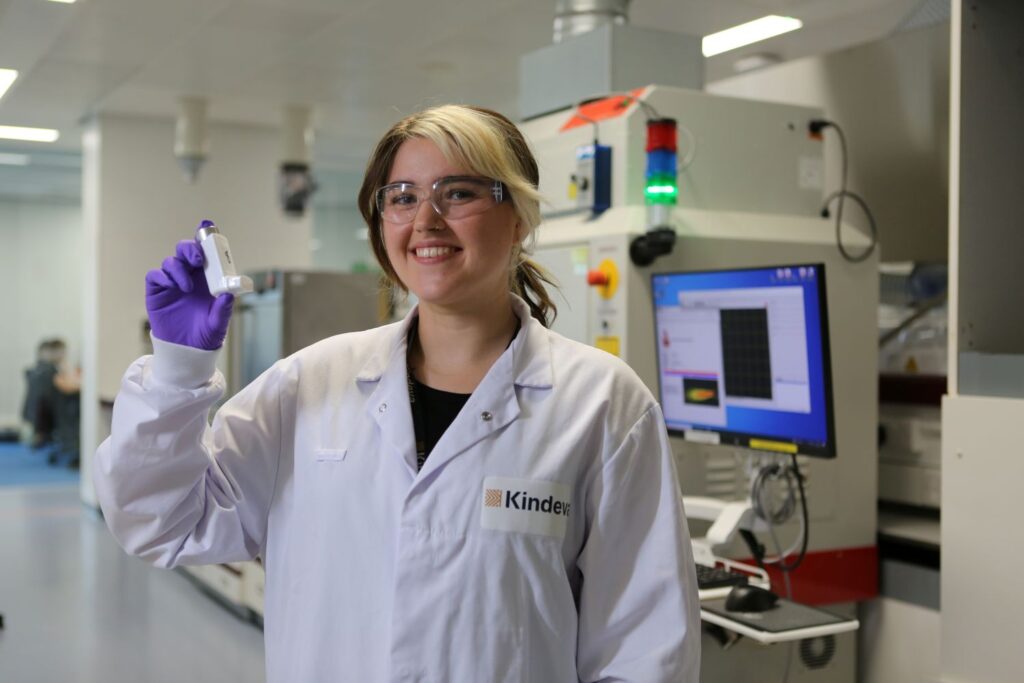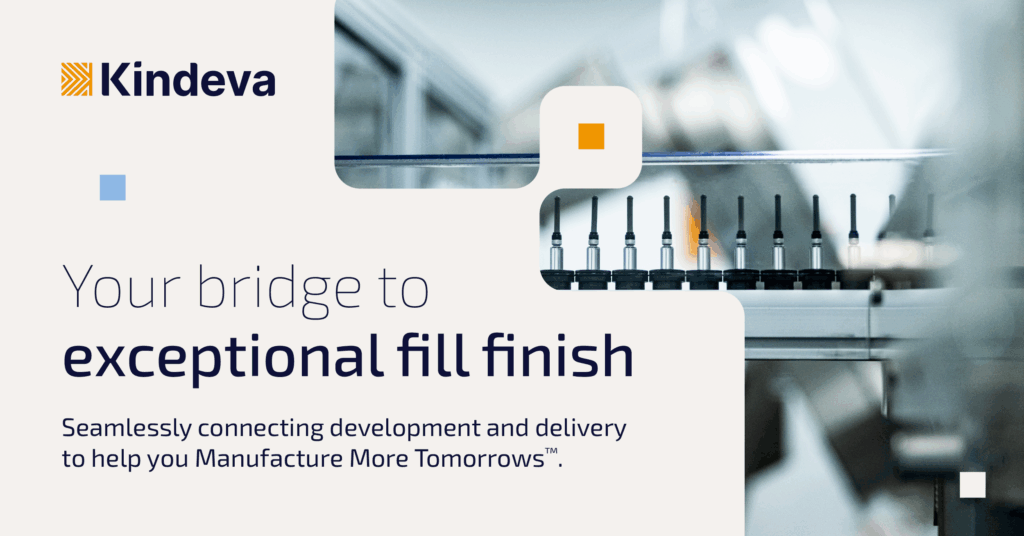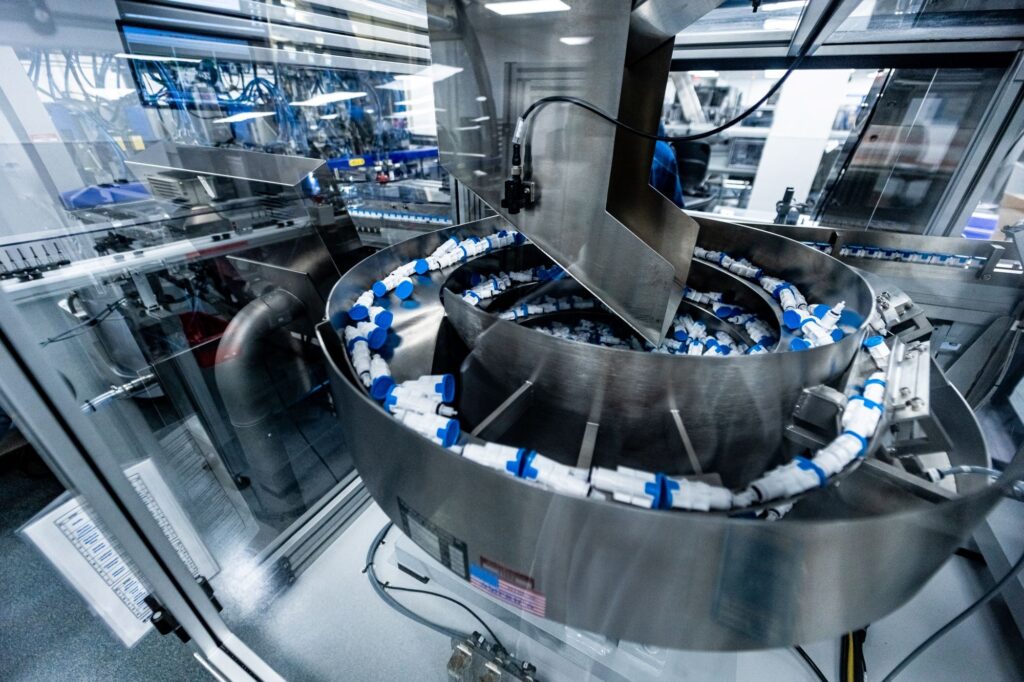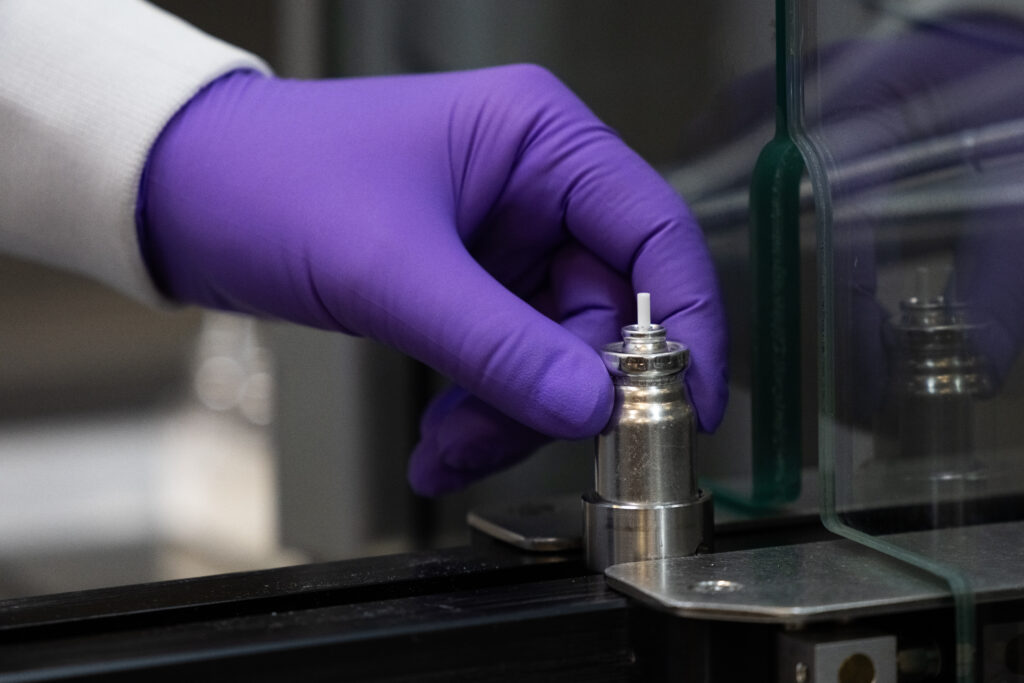
As the pharmaceutical industry advances toward low global warming potential (GWP) propellants like HFA152a and HFO1234ze(E), understanding material compatibility becomes critical, especially when it comes to leachables from common device components.
In a recent evaluation, a group of pulmonary experts at Kindeva assessed the extractable levels associated with various polybutylene terephthalate (PBT) suppliers in pressurized metered dose inhaler (pMDI) formulations containing ethanol and low-GWP propellants. The study was designed to simulate worst-case conditions and generate actionable insights for development teams reformulating with emerging propellant systems.
The findings reinforce the importance of careful material selection and formulation control during the transition to sustainable pMDI technologies:
- Propellant choice affects extractable levels
- Increasing ethanol concentration increases leachables
- PBT grade influences extractable output
- Oligomer presence may impact performance
Understanding the interactions between propellant, co-solvent and material grade is essential for ensuring product stability, safety and compliance as low-GWP formulations progress toward commercialization.
Curious about the full impact of propellant, ethanol and material selection on leachables? Explore the full poster presentation.
Connect with Kindeva to discover how our end-to-end expertise helps future-proof your low-GWP inhalation products by mitigating extractables risk and accelerating sustainable pMDI development.
Access this content
Fields marked with a * are required.
Related resources
Explore our other resources to discover valuable insights on the latest trends in drug delivery.
Beyond the contract: Driving transformational partnerships with manufacturing… and more
Achieving scientific breakthroughs is just one hurdle in today’s drug development and manufacturing process aimed at improving patient outcomes. Bringing a new therapy to market requires meticulous execution and clear communication at every step. Unfortunately, even the most groundbreaking scientific advancements can be delayed or even entirely abandoned due to poor performance from partners. This […]
Learn MoreWhy Kindeva: Analytical and regulatory services
Overcome complex analytical and regulatory challenges with a partner dedicated to your product’s success. Our specialist expertise helps you navigate testing, compliance, and quality to advance your project from concept to commercialization. Download our one-pager for a closer look at our integrated approach, including: An overview of our comprehensive, phase-appropriate analytical services. How our regulatory […]
Learn MoreCareer journeys blog 2: Oliver Ingham
In this latest installment, we meet Oliver Ingham, an analytical chemist whose curiosity and problem-solving skills have shaped his journey from academic research to coordinating analytical development services at Kindeva.
Learn MoreCareer journeys blog 1: Holly Dowdle
When Holly Dowdle first joined Kindeva as a student intern, she experienced a workplace that valued both curiosity and collaboration. It was an environment where asking questions was encouraged and development was part of everyday work, not something that happened on the sidelines.
Learn MoreA bridge between design and delivery: Exploring sterile fill finish integration for injectable product success
The global sterile injectable contract manufacturing market is experiencing rapid growth, driven by increasing demand for advanced biologics, glucagon-like peptide-1 (GLP-1) therapies and other injectables. These products pair drugs with delivery devices to support patient-centric care, but their manufacturing presents unique challenges. Programs often require specialized environments, such as cold-chain storage and low-volume fills, and […]
Learn MoreGoing beyond manufacturing: The Kindeva customer experience
Going beyond manufacturing: The Kindeva customer experience As development timelines tighten and product complexity grows, the quality of CDMO partnerships has transformed into a critical success factor. In today’s high-stakes landscape, drug developers need more than technical execution. They need partners who embed early, stay aligned and help navigate every phase of the product lifecycle. […]
Learn MoreBuilt for better tomorrows: How Bridgeton delivers for patients
Kindeva’s Bridgeton facility offers a purpose-built solution for the complex and evolving landscape of injectable drugs. The facility was specifically designed to address challenges in sterile injectable manufacturing, such as the siloed approaches that often separate core functions like formulation and fill finish. By co-locating these functions and operating within integrated systems, the Bridgeton model […]
Learn MoreBuilding confidence into complex drug-device programs with early analytical expertise
Drug-device programs are under pressure to do more, with tighter timelines, deeper scrutiny and increasing complexity. As teams move from concept through clinical and commercial phases, one challenge remains constant: ensuring products behave as intended, consistently and safely. That challenge gets more complicated as formulation, device mechanics, packaging and regulatory expectations converge. Whether developing an […]
Learn MoreWhat makes Bridgeton the perfect partner for your next sterile fill finish project?
The pharmaceutical sector is experiencing a significant increase in the demand for advanced biologics, biosimilar therapies and other sterile injectables. As a result, the global sterile injectables market is projected to grow from $632 billion in 2025 to $1.078 trillion by 2032, with a compound annual growth rate of 7.9% [1]. In response to this […]
Learn MoreLet’s transform tomorrow together
Every patient deserves a brighter tomorrow. As your strategic partner, we are dedicated to building your lasting legacy and helping you fast-track healthier tomorrows. You dream it, we deliver it.

